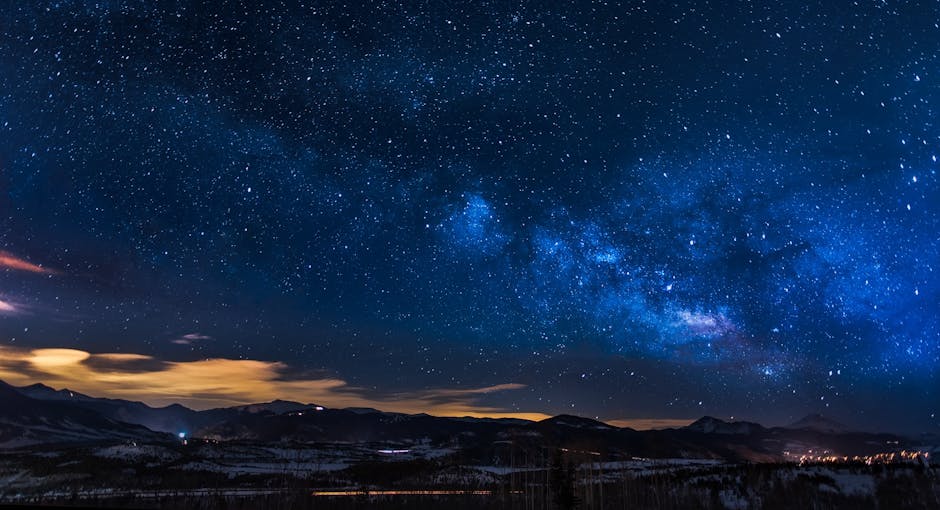Historical Context and Evolution
Vincent van Gogh's Starry Night, painted in 1889 while he was in the Saint-Paul-de-Mausole asylum, captures more than just a view – it embodies an emotional universe. Created during a period of personal struggle, the work blends van Gogh's observations with his inner turmoil, becoming a symbol of the balance between chaos and serenity.
Rooted in van Gogh's time in the South of France, Starry Night reflects influences from Impressionist and Post-Impressionist movements. While Impressionism focused on fleeting moments, Post-Impressionism, as practiced by van Gogh, used color and form to express deeper emotions.
The painting's reception has evolved significantly since its creation:
- Initially met with skepticism
- Gradually gained appreciation
- Exhibitions in Europe and America during the early to mid-20th century fostered a new understanding
- Van Gogh's distinctive brushstrokes and emotive distortions reframed as marks of genius
Today, Starry Night is appreciated for its deeper, almost cosmic meditation on life and death. The cypress trees, for instance, symbolize both the grave and the heavens. As art historians uncover new layers, the painting continues to engage viewers, reflecting van Gogh's enduring emotional authenticity.

Exhibition Highlights and Venues
Starry Night has graced numerous prestigious venues, each offering unique perspectives on the masterpiece and its creator. Some notable exhibitions include:
- Fondation Vincent van Gogh, Arles: Starry Night over the Rhône is displayed near its creation site, adding authenticity to the viewing experience. The "Van Gogh and the Stars" exhibition explores the artist's fascination with the celestial realm.
- Detroit Institute of Arts: The "Van Gogh in America" exhibition placed Starry Night among over 70 of van Gogh's works, showcasing his impact on American art.
- Museum of Modern Art (MoMA), New York: Regularly features Starry Night in thematic explorations that highlight van Gogh's final years, often pairing the painting with his letters to his brother Theo.
- National Gallery, London: Hosted "Van Gogh: Poets and Lovers," where Starry Night Over the Rhône joined other significant works like Sunflowers and La Berceuse. This exhibition focused on van Gogh's personal connections and yearnings, providing context to the emotions expressed in Starry Night.
Each exhibition enriches Starry Night with layers of historical context and emotional depth, inviting viewers to engage in an ongoing dialogue with the painting.
Artistic Impact and Influence
Starry Night's impact on art has been profound, influencing movements and individual artists alike. Its bold brushstrokes and vibrant contrasts have become a study in emotional expression through paint. The Expressionist movement, which emerged in the early 20th century, drew inspiration from van Gogh's ability to infuse landscapes with personal sentiment.
Beyond painting, Starry Night has influenced:
- Literature, with writers often referencing its cosmic scene to evoke wonder or introspection
- Modern exhibitions, serving as both an anchor and catalyst for new interpretations
- Multimedia projects exploring themes of chaos and serenity
- Popular culture, appearing on merchandise and in social media
This widespread recognition speaks to its universal appeal and the power of art to touch people's lives.
As it continues to inspire future generations, Starry Night stands as a symbol of art's potential to transcend boundaries and become a shared, evolving experience.
Public Reception and Critique
The reception of Starry Night has evolved significantly since its creation. Initially, critics and the public were puzzled by van Gogh's bold use of color and emotive brushwork. However, as art trends shifted towards valuing expressive and individualistic work, Starry Night began to gain recognition as a masterpiece.
Key exhibitions in the early 20th century sparked a re-evaluation of van Gogh's artistry, transforming initial skepticism into admiration. These shows played a crucial role in van Gogh's posthumous rise to prominence, particularly highlighting his influence on modern art movements like Expressionism.
Today, Starry Night is celebrated as:
- An emblem of artistic genius and emotional depth
- A crowd-drawer at galleries such as New York's Museum of Modern Art (MoMA) and Paris's Musée d'Orsay
- A quintessential example of van Gogh's work
- A pivotal piece in the acceptance of emotional realism in fine art
In popular culture, Starry Night has transcended its origins, appearing on various products and in multimedia applications. This widespread appeal reflects a cultural embrace that goes beyond aesthetic admiration, resonating with contemporary themes of mental health and emotional struggle.
Starry Night continues to inspire, encouraging personal reflection on the connection between the universe and the human condition. Its enduring allure is a testament to van Gogh's visionary genius, persisting as a living dialogue between the artist, the work, and the viewer.
Starry Night stands as a powerful example of creativity and emotion in art history. Its swirling skies and vibrant colors invite us to consider the balance between chaos and calm, connecting past and present through shared human experiences. As we continue to engage with this masterpiece, it reminds us of art's unique ability to bring light to our darkest moments, offering comfort and inspiration.
- Detroit Institute of Arts. Van Gogh in America Exhibition. Detroit Institute of Arts Website. 2022.
- National Gallery. Van Gogh: Poets and Lovers Exhibition. National Gallery Website. 2023.
- Museum of Modern Art. The Starry Night. MoMA Collection. 2023.
- Fondation Vincent van Gogh Arles. Van Gogh and the Stars Exhibition. Fondation Vincent van Gogh Arles Website. 2023.






















